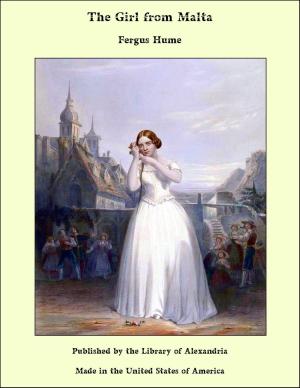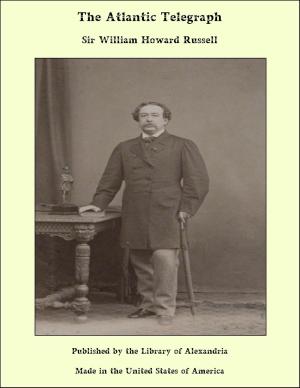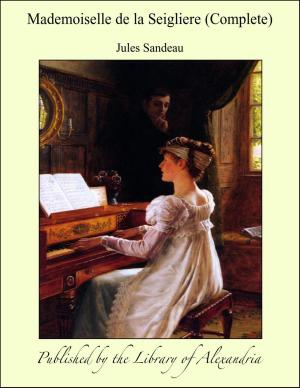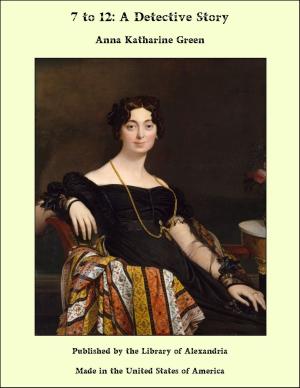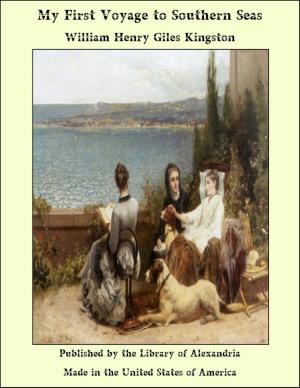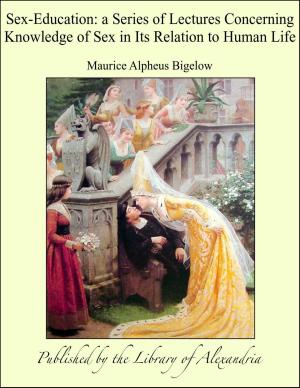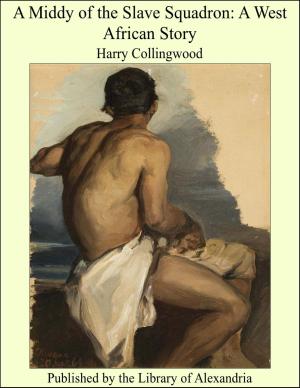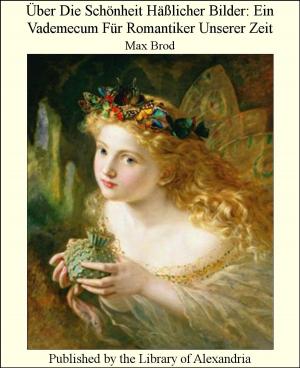Terrestrial and Celestial Globes: Their History and Construction Including a Consideration of their Value as Aids in the Study of Geography and Astronomy (Volume II of II)
Nonfiction, Religion & Spirituality, New Age, History, Fiction & Literature| Author: | Edward Luther Stevenson | ISBN: | 9781465530868 |
| Publisher: | Library of Alexandria | Publication: | March 8, 2015 |
| Imprint: | Language: | English |
| Author: | Edward Luther Stevenson |
| ISBN: | 9781465530868 |
| Publisher: | Library of Alexandria |
| Publication: | March 8, 2015 |
| Imprint: | |
| Language: | English |
Globes and Globe Makers of the Early Seventeenth Century. The Dutch Scientific Masters and Their Preëminent Leadership The shifting of globe making interest to the northwest of Europe at the close of the sixteenth century.—The Van Langrens as leaders.—Jodocus Hondius and his son Henricus.—Willem Jansz. Blaeu and his sons, John and Cornelius.—The Ferreri armillary sphere.—Globes of Peter Plancius.—Isaac Habrecht.—Globes of Mattheus Greuter and their reproduction by Rossi.—Manfredus Settàla.—Abraham Goos.—Adam Heroldt. AS the first post-Columbian century came to its close the center of interest in great transoceanic exploration and discovery shifted to the northwest of Europe, to England, and to the Netherlands. Since expeditions were daily setting sail to all shores of the world, “Quoniam in omnes mundi plagas quotidie magis magisque navigatur,” quoting the word of the enthusiastic Hondius, the chart and globe makers found their services in great demand, globes both terrestrial and celestial being still regarded as essential to a navigator’s complete outfit of sailing instruments. The quick-witted Netherlanders, with well-developed business instincts, engravers, printers, map and globe makers, set to work to correct the old and to construct new “seamen’s cards” to serve the seafarers in their enterprises, and it was not long after entering this field of scientific endeavor that leadership by them was clearly attained. Although of Danish origin, perhaps logically the Van Langren family should have had first consideration in this chapter, since father and sons came to be loyal supporters of their new homeland’s interests, and it was in the Netherlands where were laid the scenes of their activities in the field here under consideration. Chronologically, however, they had place in the preceding chapter because their work as globe makers began in the early eighties of the sixteenth century. They, at least, be it said to their credit, led the way, achieving some of their highest successes in the early seventeenth century. This, too, was the time when the Hondius, the Blaeu, the Jansson, and the Goos families came to the front to contribute their part, in a very distinguished manner, toward the promotion of the work so ably begun by their contemporary, Jacobus Florentius van Langren. Jodocus Hondius (1567-1611) was a native of Wacken (Fig. 60).1 To this village his parents, shortly before his birth, had fled from Ghent to escape the persecuting hand of Count Egmont. The father, Oliver de Hondt, a modest teacher but a man very learned in theology, had embraced the reformed faith and therefore became an outlaw by decree of the government. On the arrest of Egmont, he with his family returned to Ghent, to remain but a short time, for in the year 1569 we find a residence had been taken up at Duffel near Antwerp. In this city two children were born, a daughter whose name is now unknown and a son Henry, usually referred to as Henry the Elder
Globes and Globe Makers of the Early Seventeenth Century. The Dutch Scientific Masters and Their Preëminent Leadership The shifting of globe making interest to the northwest of Europe at the close of the sixteenth century.—The Van Langrens as leaders.—Jodocus Hondius and his son Henricus.—Willem Jansz. Blaeu and his sons, John and Cornelius.—The Ferreri armillary sphere.—Globes of Peter Plancius.—Isaac Habrecht.—Globes of Mattheus Greuter and their reproduction by Rossi.—Manfredus Settàla.—Abraham Goos.—Adam Heroldt. AS the first post-Columbian century came to its close the center of interest in great transoceanic exploration and discovery shifted to the northwest of Europe, to England, and to the Netherlands. Since expeditions were daily setting sail to all shores of the world, “Quoniam in omnes mundi plagas quotidie magis magisque navigatur,” quoting the word of the enthusiastic Hondius, the chart and globe makers found their services in great demand, globes both terrestrial and celestial being still regarded as essential to a navigator’s complete outfit of sailing instruments. The quick-witted Netherlanders, with well-developed business instincts, engravers, printers, map and globe makers, set to work to correct the old and to construct new “seamen’s cards” to serve the seafarers in their enterprises, and it was not long after entering this field of scientific endeavor that leadership by them was clearly attained. Although of Danish origin, perhaps logically the Van Langren family should have had first consideration in this chapter, since father and sons came to be loyal supporters of their new homeland’s interests, and it was in the Netherlands where were laid the scenes of their activities in the field here under consideration. Chronologically, however, they had place in the preceding chapter because their work as globe makers began in the early eighties of the sixteenth century. They, at least, be it said to their credit, led the way, achieving some of their highest successes in the early seventeenth century. This, too, was the time when the Hondius, the Blaeu, the Jansson, and the Goos families came to the front to contribute their part, in a very distinguished manner, toward the promotion of the work so ably begun by their contemporary, Jacobus Florentius van Langren. Jodocus Hondius (1567-1611) was a native of Wacken (Fig. 60).1 To this village his parents, shortly before his birth, had fled from Ghent to escape the persecuting hand of Count Egmont. The father, Oliver de Hondt, a modest teacher but a man very learned in theology, had embraced the reformed faith and therefore became an outlaw by decree of the government. On the arrest of Egmont, he with his family returned to Ghent, to remain but a short time, for in the year 1569 we find a residence had been taken up at Duffel near Antwerp. In this city two children were born, a daughter whose name is now unknown and a son Henry, usually referred to as Henry the Elder

